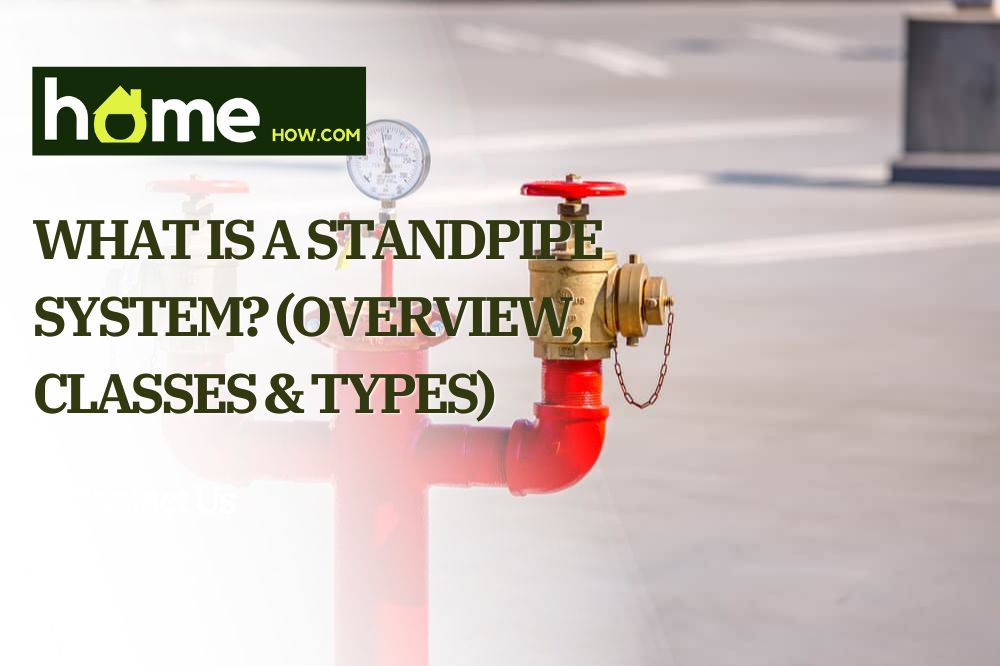A standpipe is made of valves, pipes, and outlets. They are common in fire departments but you can also have them inside your home or if your house is big and with more than 3 floors.
Basically, a standpipe is responsible for securing enough water supply and water pressure. But, there is more than this that you should know!
Standpipe System: An Overview
When we talk about a stand-pipe, we also refer to standpipe systems. Generally, these systems are for fire protection and are essentially a system of additional fire hydrants.
They are a network of pipes that link a water supply to hose connectors and are made to give building residents or the government’s fire service access to a water system with pre-pipes. Additionally, they are intended to supply hose lines strategically positioned inside an establishment with water for fire prevention.
For business owners or building occupants, access to standpipes are requirements along with fire extinguishers.
While many contemporary buildings have combined systems that supply both the standpipe and fire sprinkler systems, some older structures exclusively have installed standpipe systems.
For the purpose of reducing the need for lengthy hose connections, most especially downstairs, these standpipes are most frequently found in high rise buildings. These structures are usually not too close to an exterior door.
Standpipe Systems: What Are The Different Classes
When it comes to standpipe systems, there are three classes, and each class provides different uses. To understand better, these three classes will be discussed in this section.
a.) Class I
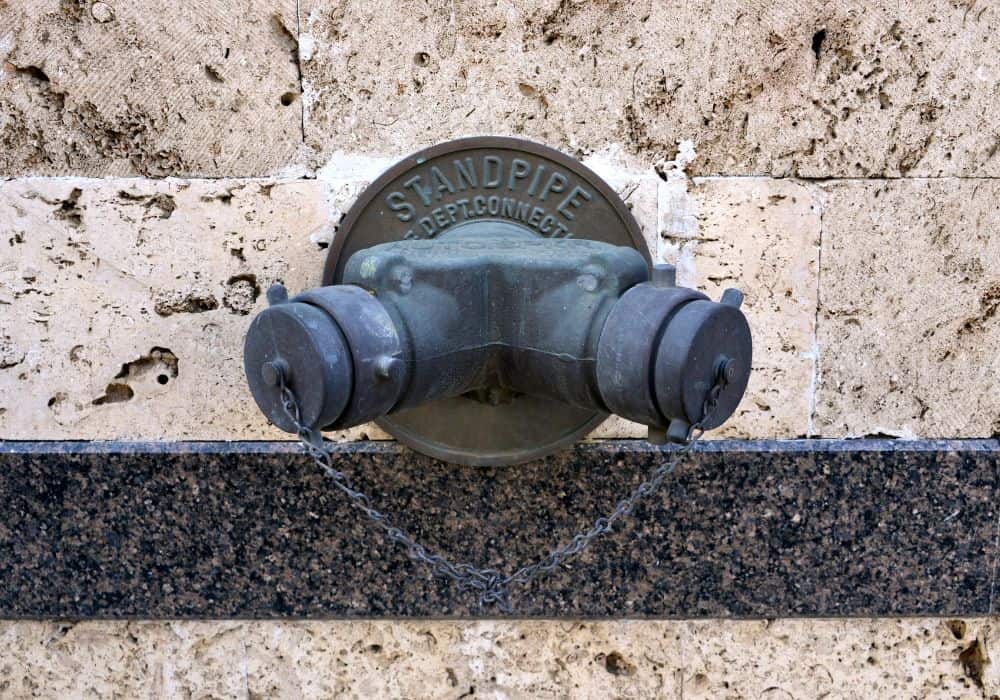
The characteristics of the first class of standpipe system are the following:
- For usage particularly by qualified personnel or a firefighter during the first response, this first standpipe system must include a 2 and ½-inch hose connection.
- There are no associated hoses attached to this class.
- In order to begin first response operations and link to the standpipe system, the government’s fire service would bring fire hoses down to the ground level, which is usually hallways and staircases.
- This class system’s connections have to be compatible with the hose pipe that the fire service uses.
b.) Class II
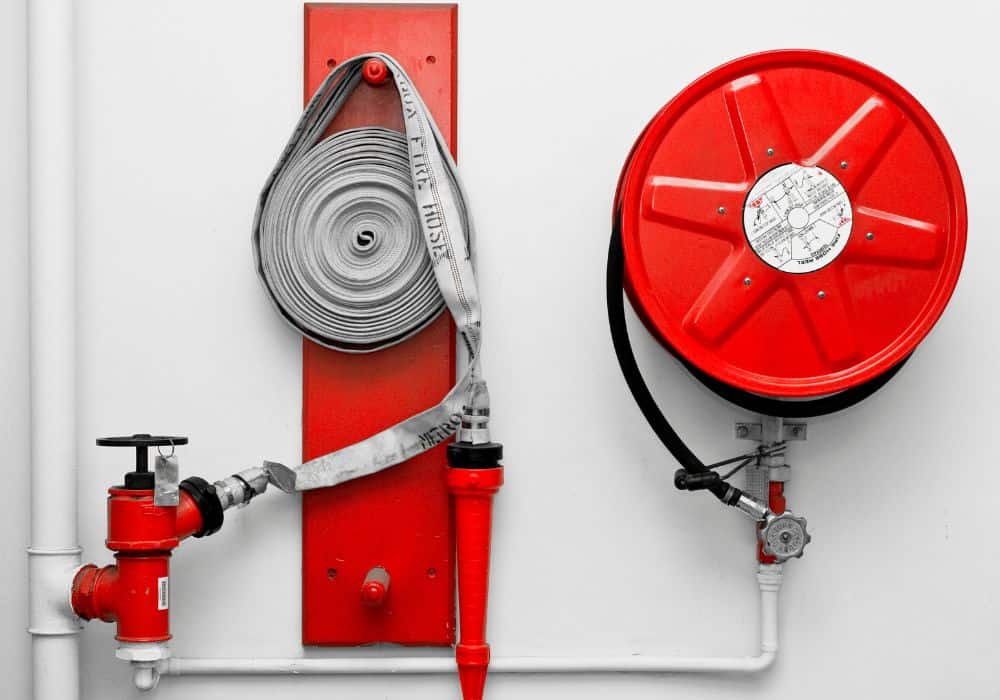
The characteristics of the second class standpipe system class are the following:
- In order to use the standpipe’s water source by qualified workers or by the government’s firefighters during the first response, this class shall offer 1 and ½-inch hose lines.
- Usually, you can find these in display cases with 100 feet of hose.
c.) Class III
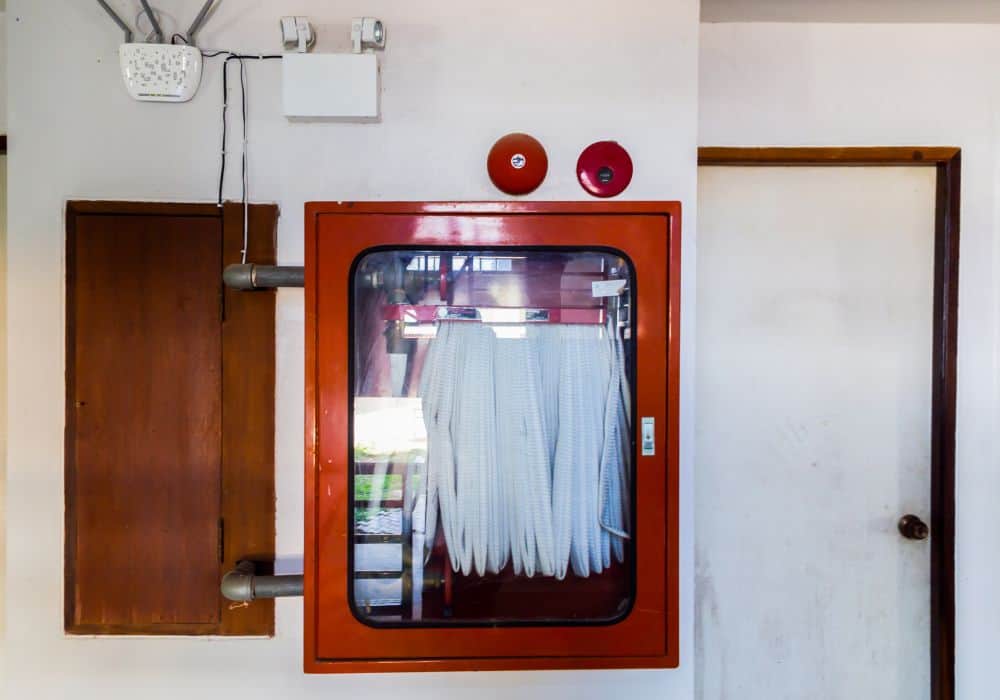
The characteristics of the third standpipe system class are the following:
- This class of standpipe system must have the following:
- A 1 and ½-inch supply hose for qualified personnel.
- A 2-inch supply line to supply more water to be used by firefighters and others skilled in fighting powerful fires.
Moreover, each system must be designed, implemented, and maintained in accordance with NFPA 14.
Once it has been decided that a standpipe system is necessary, the type of system should be selected.
Standpipe Systems: What Are The Different Types
Aside from the classes, there are also four different types of these standpipes, and in this section, we will elaborate on these four.
1. Dry Standpipe System
If you wonder what a dry standpipe is, keep in mind that when standpipes are permanently fastened to buildings, the pipe is in place and has an intake that is typically close to a driveway. The reason for this is so that a fire engine can provide water to the system piping.
In taller buildings, hose outlets are frequently found between each pair of floors in stairwells. Just like when you go to a school, you will see these hose outlets on every floor.
Generally, these locations give way to where the standpipe extends inside the building to give fire-fighting water to the interior of the structure. Water is not added to dry standpipes until a fire needs to be put out. This simply means that a dry standpipe has no water contained in it.
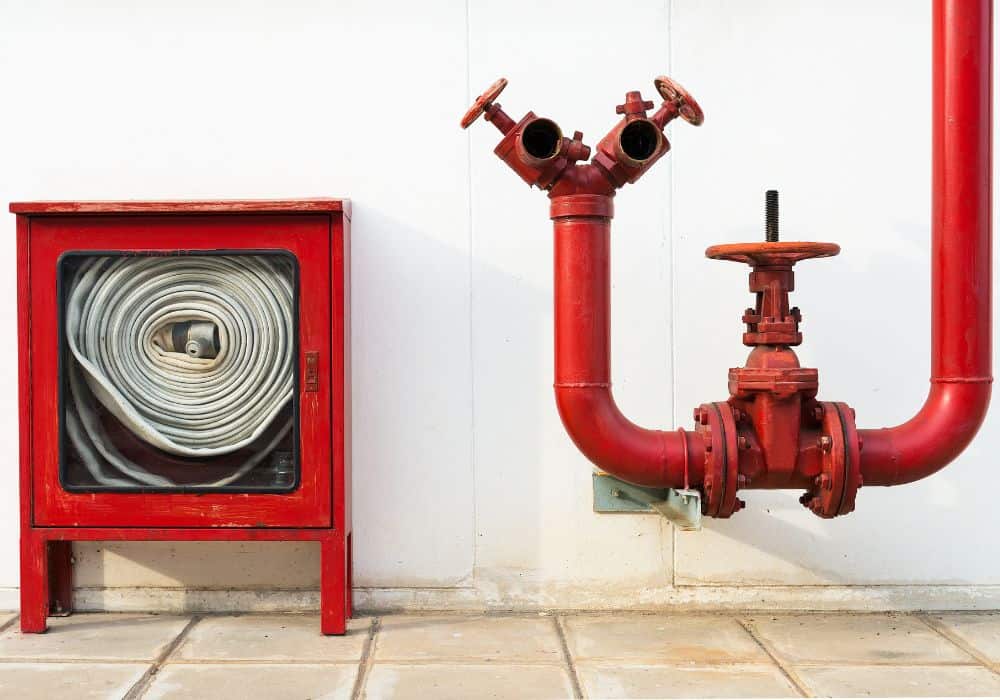
Firefighters frequently bring fire hoses into the building with them, which they then fasten to standpipe outlets positioned along the pipe all through the building. When firefighters use a dry standpipe, they can put on their desired pressure of water.
Also, there are automatic and manual dry standpipes. The former is defined as the system being in use and it is intended to have water in the system pipework. While the latter is only for fire department use, and a fire department pumper is required to give the required pressure and water supply through a fire department connection.
2. Wet Standpipe System
On the other hand, there is also this wet standpipe. This type of standpipe is filled with pressure and is accessible to firetrucks, firefighters, as well as building wonders.
Compared to dry standpipes, wet standpipes already have connected hoses, making it easier for users to put out a fire. In simple words, a wet standpipe is a pre-filled standpipe.
3. Automatic Standpipe System
These systems are intended to supply the necessary water supply and pressure when the valve is opened.
4. Semi-Automatic Standpipe System
These systems follow the activation of a control device or fire pump, providing the necessary pressure and water supply.
Standpipe Systems: Inspection
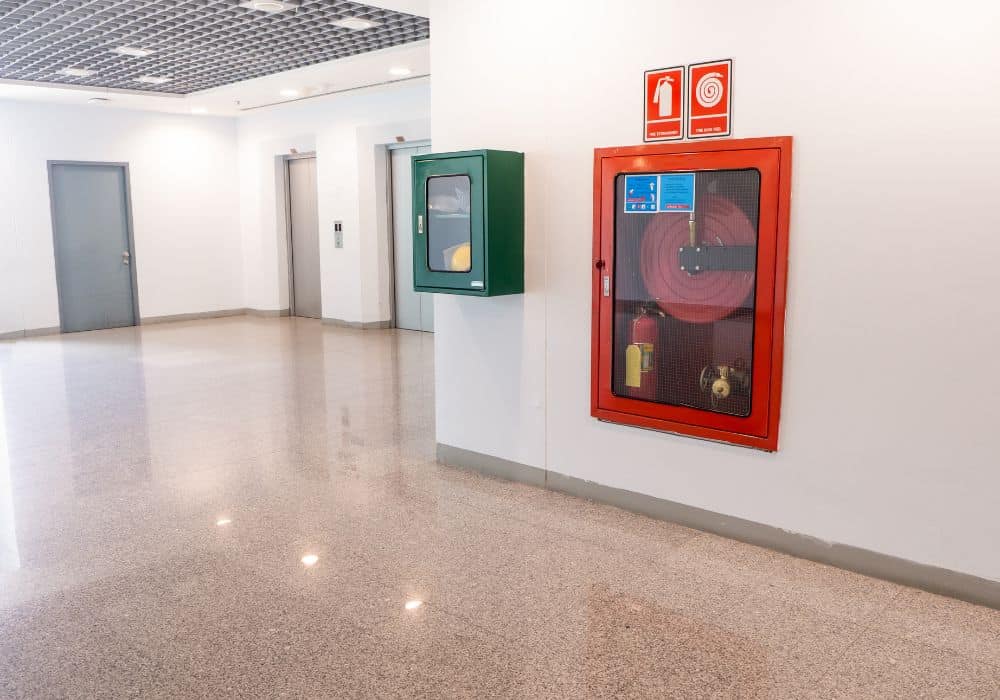
If you have a standpipe in your facility, having them inspected is necessary. For inspection, you can reach out to a licensed fire suppression company. Make sure that the company is accredited by the National Fire Protection Association (NFPA).
Other Definitions of Standpipes
Aside from standpipes for fire, there are other standpipe definitions as well. In your home, these may refer to your washing machine discharge hose.
Final Thoughts
Indeed, standpipes are great emergency friends during disastrous fire events. For normal individuals, all of the standpipes may look the same.
However, if you look closely and try to understand these tools, these standpipes are complex. They have different classes, types, and uses.
Additionally, these standpipes are located in such places for a purpose. If you ever see a standpipe, bear in mind that the place where it is located is accessible enough not just for firefighters but for those individuals who own multistory structures as well.
